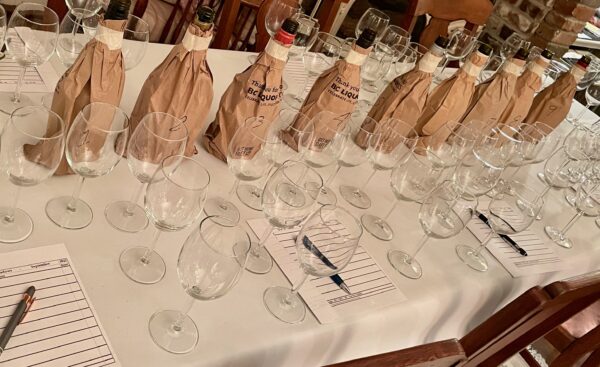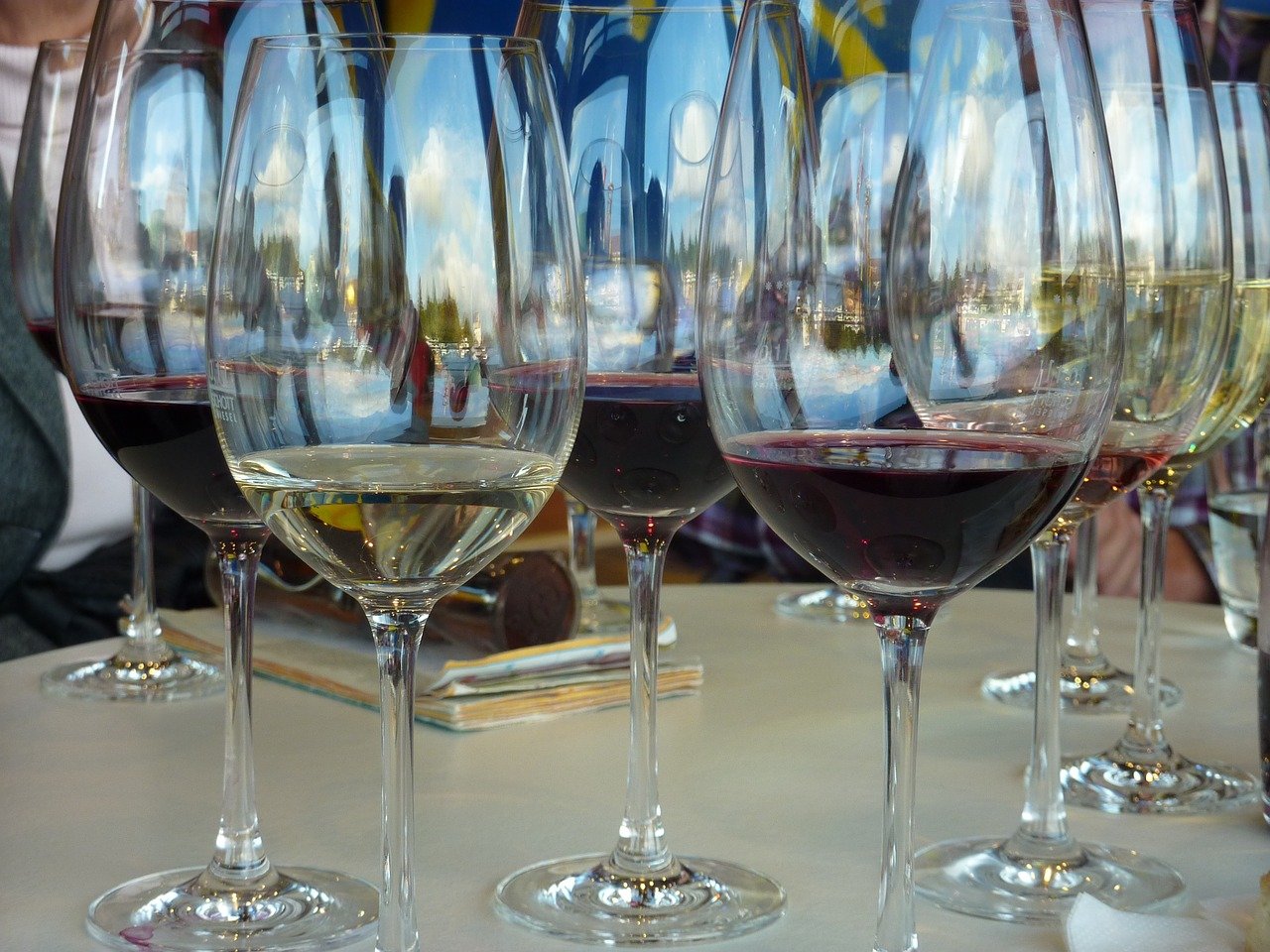POINTS
When I first began writing wine reviews for My Van City, I included scores for the wines I tasted as well as a written description. I had, at the time, over 25 years of experience evaluating and scoring wines with the BC Guild of Wine Judges. For ten months of the year we blind taste wines from around the world and score them using the modified USC Davis 20-point scale. Wines that scored 14 and above coincided with Bronze, Silver (16), and Gold (18) medal medals that were handed out at competitions.
Shortly after writing for My Van City, I quickly realized that 20-point scores meant very little if anything for many of the readers, so I opted for a simpler Bronze, Silver, and Gold rating. The problem with this was some people were confused when they saw Double Gold and Platinum awards at some wineries (every wine competition has different ways of doing things).
My next thought was to join those using the Robert Parker-inspired 100-point system. A closer inspection revealed that there are several 100-point systems out there and they all have differences. The most common one isn’t really based on 100 points. The points theoretically start at 50 and go up, but there would not be a lot of commercial wines that would score below 80, and those that would never get entered into competitions or sent in for review. And it is rare to ever see scores less than 87 or 88. Most scores for wines that we mere mortals can afford to consume typically lie in the 89 to 92 range so in practical terms it isn’t even a 10-point system.
Add to this, just because a wine is of very good quality, is no guarantee that you will like it. Likewise, a very nice 87 or 88-point wine, at the right temperature, with the right person, the right setting, or the right food can be absolutely delightful. Who cares what its score is?
So, I concluded it was best to describe the wine as best as I possibly could, in terms of colour and appearance, the nose (aromas), the balance of acid, sugar, tannins, and its body (weight in the mouth), the flavours on the palate, and the finish (how the flavours of the wine linger after swallowing). In addition, I make suggestions as to what foods might be a good match, how long they might age for and improve, and whether they offer good value for the price point.
That approach has, as far as I know, served me well for many years. However, I have become increasingly aware that no matter their faults, points do offer the consumer at least some guidance when selecting a wine. It can be very difficult to know what to choose from an almost overwhelming selection. Also, as much as many winemakers would rather not have to worry about points and simply focus on producing the best wine they can, points do influence customers and thus sales.

Therefore, after much deliberation, I have decided to include points, at least in some of my articles.
Maybe a leopard can change its spots.
(All photos – Sam Hauck)






